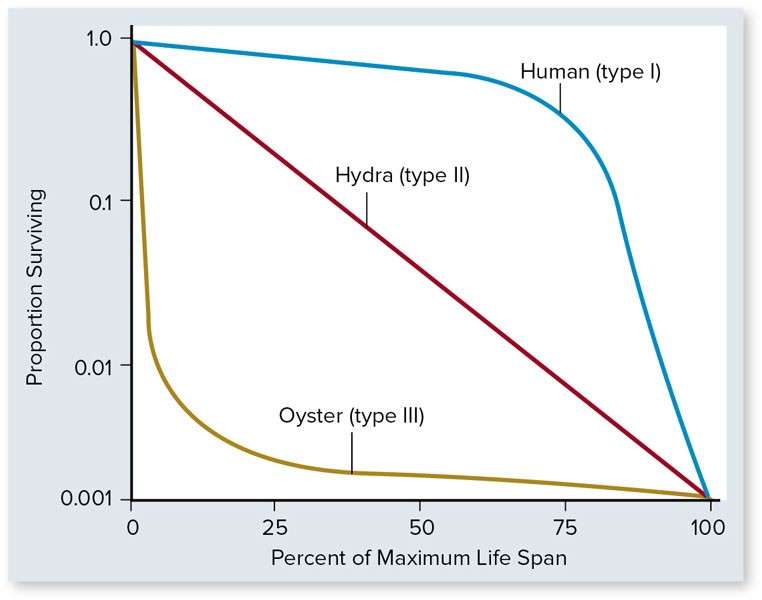 What often describes organisms with a type III survivorship curve?
What often describes organisms with a type III survivorship curve?
A. r-selected
B. K-selected
C. Iteroparous
D. At their carrying capacity
E. Subject to low predation rates
Answer: A
You might also like to view...
Avery, MacLeod, and McCarty (1944) demonstrated that DNA was the molecule of heredity by treating heat-killed Streptococcus pneumoniae S (smooth) strain with DNase, thereby preventing transfer of the "transforming substance" from the killed S strain to the live R (rough) strain when the two were mixed together and injected into mice. Another way that one could demonstrate transformation in
bacteria would be to extract DNA from A) an R strain and mix with cells of an S strain. B) both S and R strains and mix to allow recombination to take place. C) an ampicillin-sensitive strain and mix with cells of an ampicillin-resistant strain. D) an S strain and mix with cells of an R strain. E) none of the above
In the lac operon, Is mutations allow
A) constitutive expression of Lac proteins. B) regulated expression of Lac proteins. C) ?-galactosidase activity only. D) no expression of Lac proteins. E) none of the above
Consider a living plant cell in a living leaf that is not wilted. The solute potential (?S) of such a cell
____ than that in the fluids surrounding the cell.
a. is typically lower b. varies widely from higher to lower c. is typically higher d. is typically about the same as e. is typically less negative
Before the advent of biotechnology, diabetics would use insulin harvested from cows. Now they receive human insulin produced through ________.
A. gel electrophoresis B. gene therapy C. PCR D. recombinant DNA technology